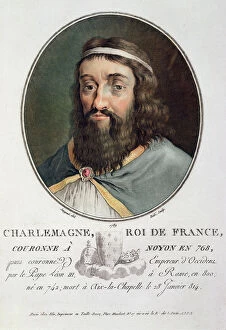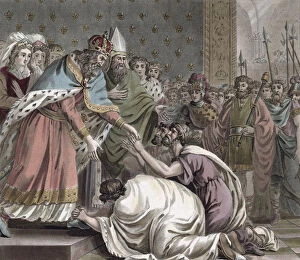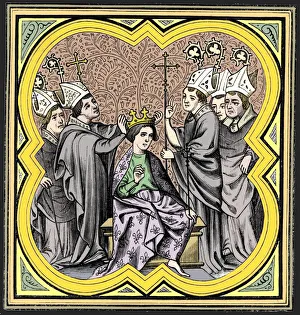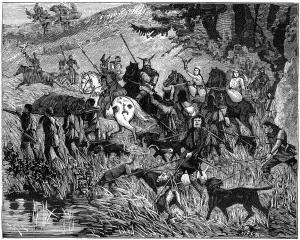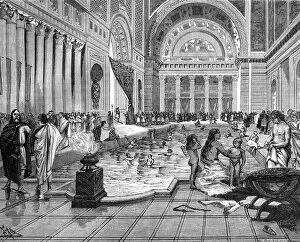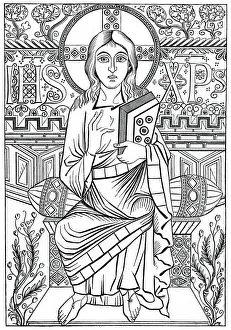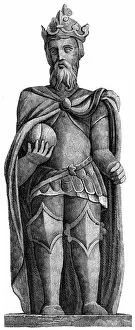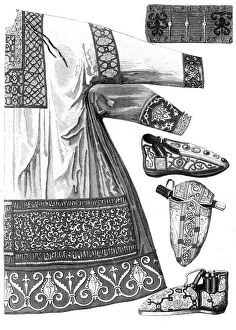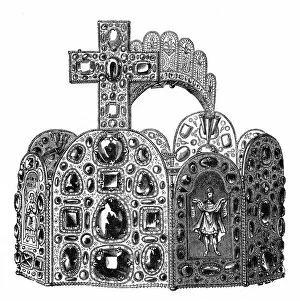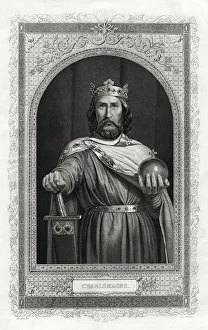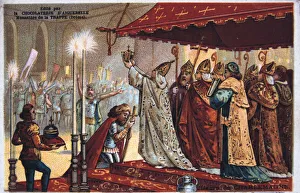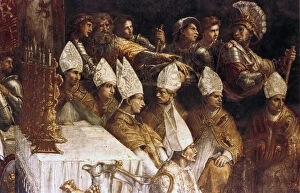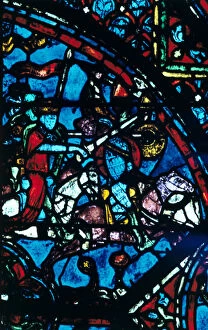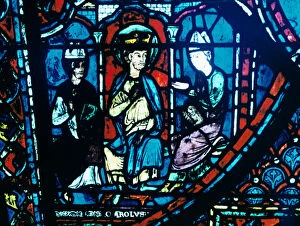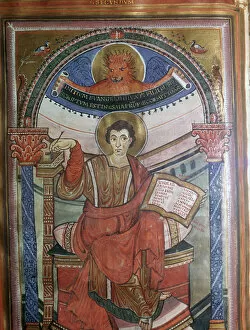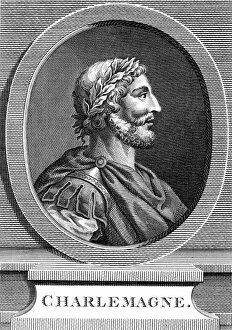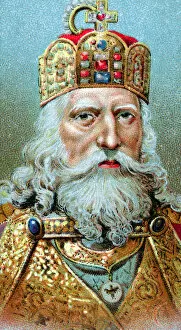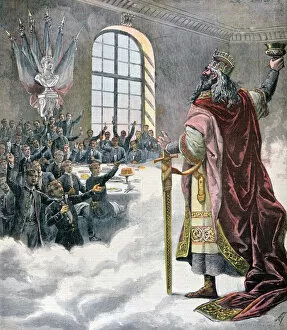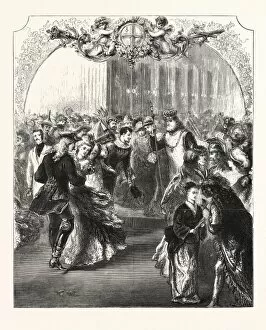Emperor Charlemagne Collection (#2)
Emperor Charlemagne: The Great Ruler of the Franks Step into history with Emperor Charlemagne, a legendary figure who shaped Europe during the Middle Ages
All Professionally Made to Order for Quick Shipping
Emperor Charlemagne: The Great Ruler of the Franks Step into history with Emperor Charlemagne, a legendary figure who shaped Europe during the Middle Ages. This captivating map from 1890 showcases his vast Kingdom of the Franks, highlighting his territorial influence and power. One of Charlemagne's most renowned tales is depicted in "The Death of Roland at Roncesvalles" painting from 1890. It immortalizes the bravery and sacrifice of his loyal knight Roland, showcasing their unwavering bond and devotion to each other. A fascinating glimpse into Charlemagne's religious fervor can be seen in "Charlemagne destroys a pagan idol" artwork from 1936. This powerful image portrays his commitment to Christianity and determination to eradicate paganism throughout his empire. Intricate artistry comes alive through St. Mark's portrayal in the Godescalc Gospel Lectionary from 781-783. Created by Godescalc, this masterpiece exemplifies Charlemagne's patronage of arts and culture during his reign. Witness an iconic moment in European history with "The Crowning of Charlemagne" painting depicting his coronation as Holy Roman Emperor on Christmas Day in 800 AD. This event solidified his status as one of Europe's most influential leaders. However, not all was glory for Charlemagne's dynasty as shown in Louis the Pious' penance artwork from c818. It reveals remorse for mistreating Bernard, emphasizing that even great rulers faced challenges within their own families. Another significant depiction is found in "Coronation of Charlemagne in Rome, " illustrating how he expanded beyond Frankish territories to establish authority over Rome itself on that fateful Christmas Day in 800 AD. Legends intertwine with faith when St James appears to Charlemagne through stained glass at Chartres Cathedral around c1225. This divine encounter symbolizes divine guidance bestowed upon the emperor during his reign.


